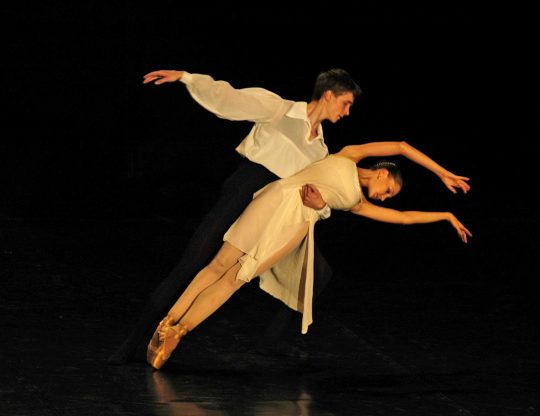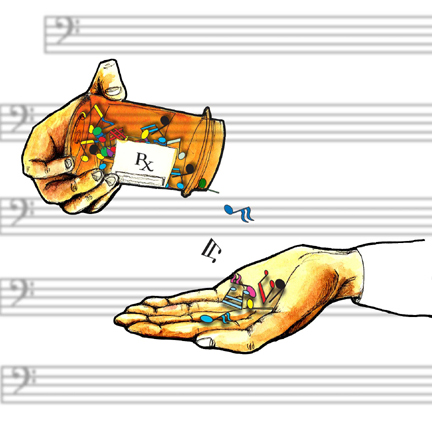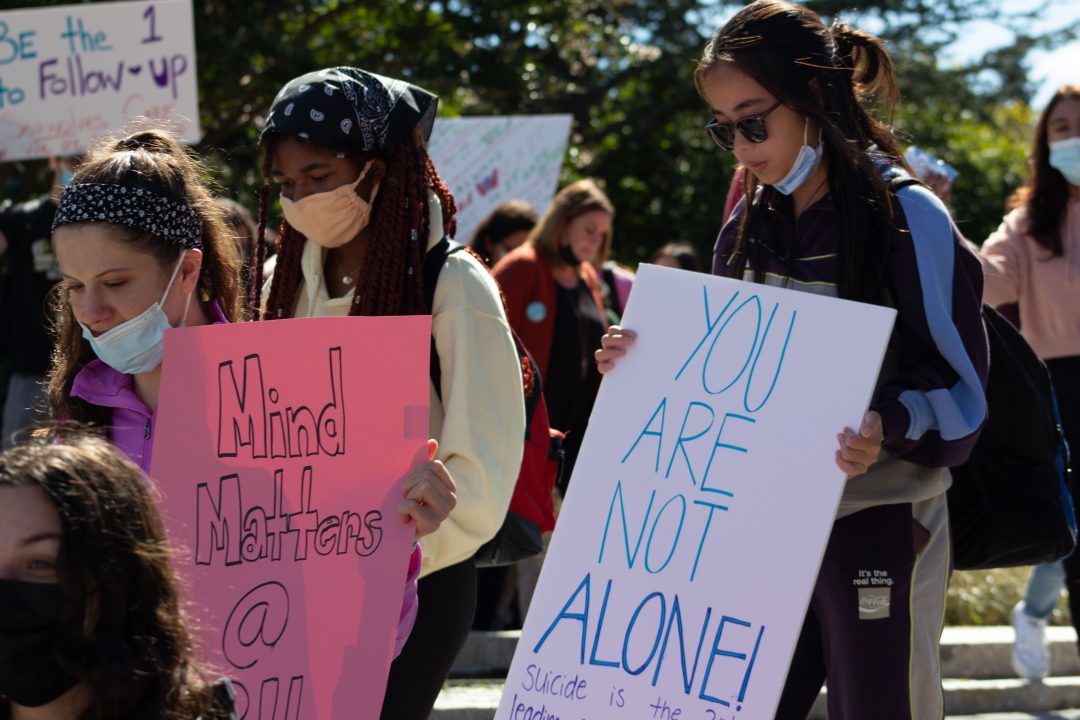
Classical dancers in groups like The Radio City Rockettes and American Ballet Theatre are famous for their precision and technique. Rehearsals in dance studios lined with mirrors are scheduled for hours at a time to ensure that dancers’ performances are perfect. While most of these dancers and their audiences love the art of dance and the self-expression it allows, the negative effects of dance culture on mental health can be extremely taxing.
In the world of dance, it is expected that dancers go above and beyond to ensure that their bodies are in perfect condition so they can perform seemingly impossible movements with ease. While their bodies and physical health are prioritized, many dancers do not recognize their poor mental health, which may suffer due to the pressures they face from the studio to the stage.
Writer and former dancer Kathleen McGuire Gaines recalled her struggles with poor mental health during her dancing career.
“I struggled with disordered eating; I dealt with depression, I think some anxiety too, although I didn’t know what it was when it was happening,” McGuire Gaines said. “I thought I was weak. I thought I was not ‘cut-out,’ I wasn’t ‘tough enough.’ I didn’t understand that what I was dealing with was a mental health issue that could be treated.”
Dancer Megan Levinson, who has a master’s degree in sports psychology, said for dancers that have similar experiences with burnout and other mental health challenges, “the coping skills aren’t necessarily there, so when the stress is greater than [they] can handle, it becomes a spiraling effect.”
After a career-changing injury, McGuire Gaines became more aware of the lack of mental health awareness and resources among dancers. In 2017, she conducted her own survey regarding dancers and mental health which was later published in Dance Magazine.
According to the survey, 75% of dancers said that they dealt with mental health challenges within five years of taking the survey. Eighty-one percent of the survey participants said that they do not believe that the dance community does enough to address mental health. These results reflect the reality that addressing mental health in the world of dance has not been a priority.
Constantly preparing for auditions and open classes in Manhattan, 21-year-old ballet and jazz dancer Caroline Bodan said, “I feel like the way that the dance industry is run, or the people at the top, definitely create an anxiety-inducing environment. That has definitely affected my mental health throughout my career and my confidence levels. So, I’m constantly working on building that up and trying to stay in the dance world which is such a tricky thing.”
Levison also commented on how the dancing environment affects a dancer’s mental health.
“People are feeling as if they have to push beyond what is good for their well-being, so there’s a struggle for balance in our lives instead of being well-balanced,” Levison said, acknowledging the conflict for dancers working to preserve their mental health. “It’s essentially not having the coping skills to understand how to recalibrate and step away when recognizing what’s happening.”
In order to help dancers gain these skills, more resources are becoming available to dancers to address mental health and organizations like Minding the Gap, founded by McGuire Gaines, are working to ensure that “mental health is regarded with the same seriousness as physical health in dance culture.”
Levison is optimistic about the future of the relationship between dance culture and the topic of mental health.
“It is unfortunate that it still is stigmatized, it’s just not really spoken about. But, I think the more people talk about it, and the more that we are open about it, I’m hoping that it will change,” Levison said.




















